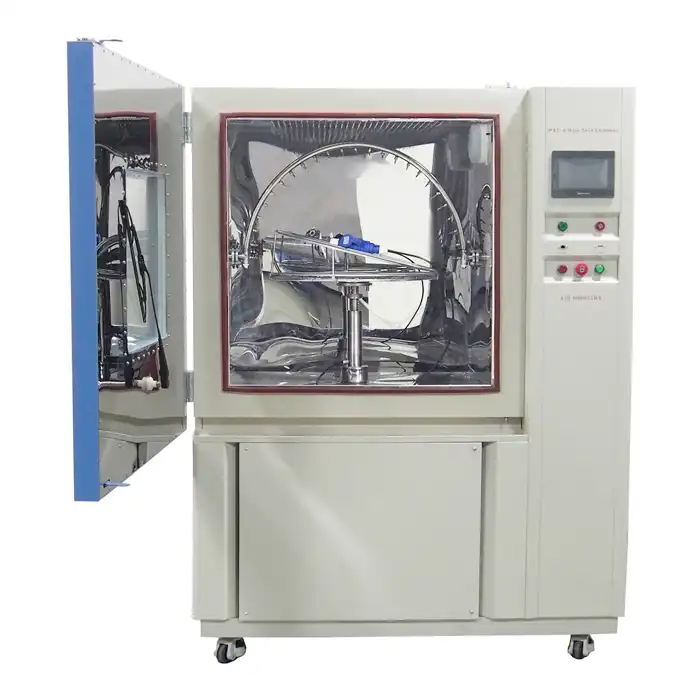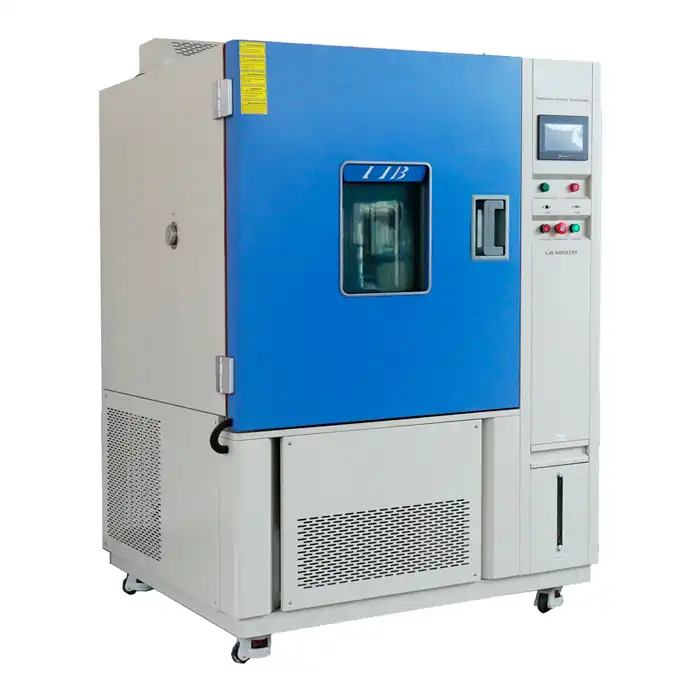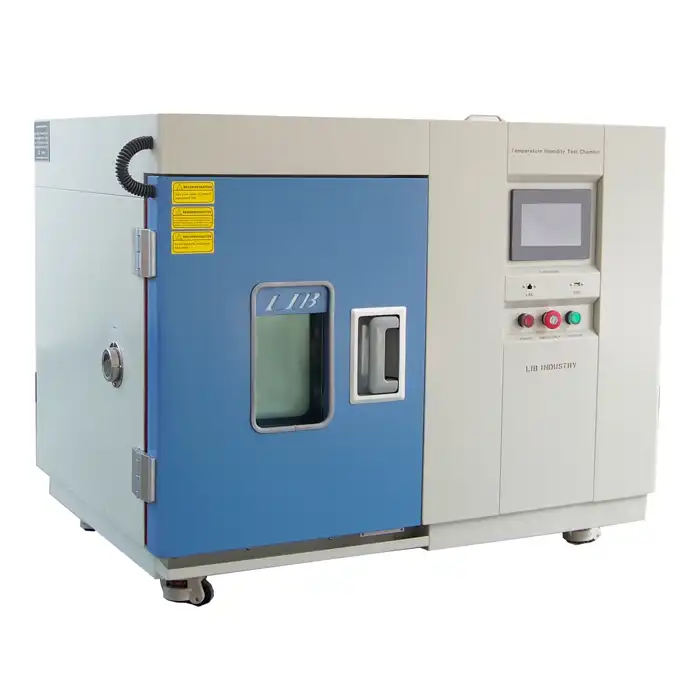What is the difference between salt spray test and immersion test?
Introduction
In the world of material testing, ensuring the durability and longevity of products in various environments is paramount. Two common methods used to test corrosion resistance are the salt spray test and the immersion test. While both tests are designed to assess how materials react to corrosive conditions, they differ significantly in their methodologies and applications. This blog will explore the key differences between these two testing methods and highlight their respective advantages and use cases.
How Does a Salt Spray Test Chamber Work?
A salt spray test chamber, also known as a salt fog chamber, is designed to simulate a corrosive environment using a fine mist of saltwater. This testing method is widely used to evaluate the corrosion resistance of coatings, materials, and products. The chamber typically consists of a sealed environment where a saline solution is atomized to create a corrosive fog.
Test Procedure
The test specimen is placed inside the chamber and exposed to a continuous mist of saltwater. The concentration of the salt solution, temperature, and duration of the test can be adjusted according to specific testing standards. The most commonly used standards include ASTM B117, ISO 9227, and MIL-STD-810.
Applications
Salt spray testing is primarily used in industries where materials are exposed to marine environments, such as automotive, aerospace, and construction. It helps in evaluating the effectiveness of protective coatings and the overall durability of materials in corrosive conditions.
Advantages
Rapid Results: Salt spray tests can quickly provide an indication of a material's corrosion resistance, often within days.
Standardized Methods: Widely accepted testing standards ensure consistent and reliable results.
Cost-Effective: Compared to other long-term testing methods, salt spray testing is relatively inexpensive.
What is an Immersion Test, and How is it conducted?
An immersion test involves submerging a material or product in a corrosive liquid to evaluate its resistance to corrosion over time. This method is more straightforward but can provide valuable insights into the long-term behavior of materials in specific environments.
Test Procedure
The test specimen is completely submerged in a corrosive solution, such as saltwater, acid, or other chemicals, for a specified period. The temperature, concentration of the solution, and duration of the test are controlled to simulate real-world conditions.
Applications
Immersion testing is commonly used in industries where products are regularly exposed to liquids, such as oil and gas, marine, and chemical processing. It helps in assessing the corrosion resistance of materials and the effectiveness of coatings and treatments.
Advantages
Realistic Conditions: Immersion tests provide a more accurate representation of how materials will behave in real-world liquid environments.
Long-Term Assessment: This method allows for the evaluation of corrosion resistance over extended periods.
Versatility: Can be used with various corrosive solutions to simulate different environments.
How Do Salt Spray and Immersion Tests Differ in Their Application?
While both testing methods aim to assess corrosion resistance, their applications differ based on the specific requirements of the material or product being tested.
Salt Spray Test Applications
Salt spray tests are ideal for evaluating the effectiveness of protective coatings and surface treatments. They are widely used in:
Automotive Industry: To test the corrosion resistance of car parts exposed to road salt and coastal environments.
Aerospace Industry: To ensure aircraft components can withstand exposure to saline conditions.
Construction Industry: For testing the durability of building materials and coatings in marine environments.
Immersion Test Applications
Immersion tests are better suited for materials and products that will be in continuous contact with liquids. They are commonly used in:
Oil and Gas Industry: To evaluate the corrosion resistance of pipelines, tanks, and other equipment exposed to harsh chemicals.
Marine Industry: For testing the durability of hulls, propellers, and other submerged components.
Chemical Processing Industry: To assess the long-term resistance of materials used in chemical storage and handling.
What Are the Key Differences in Testing Conditions?
The primary differences between salt spray and immersion tests lie in the testing conditions and how they simulate corrosive environments.
Environment Simulation
Salt Spray Test: Creates a controlled fog of saltwater, simulating marine or coastal environments with high levels of airborne salt.
Immersion Test: Submerges the test specimen in a corrosive liquid, simulating conditions where materials are continuously in contact with liquids.
Duration and Exposure
Salt Spray Test: Typically shorter in duration, providing rapid results on corrosion resistance.
Immersion Test: Often conducted over longer periods to assess long-term corrosion behavior.
Corrosive Medium
Salt Spray Test: Uses a fine mist of saline solution.
Immersion Test: Can use various corrosive solutions, including saltwater, acids, and other chemicals.
What Are the Benefits and Limitations of Each Test?
Understanding the benefits and limitations of each testing method can help in selecting the appropriate test for specific materials and applications.
Salt Spray Test Benefits and Limitations
Benefits:
Provides quick results, making it ideal for initial assessments and quality control.
Uses standardized methods, ensuring consistency and comparability across different tests.
Cost-effective and requires relatively simple equipment.
Limitations:
May not accurately represent long-term corrosion behavior in all environments.
Limited to testing the effects of airborne saline mist rather than continuous liquid exposure.
Immersion Test Benefits and Limitations
Benefits:
Offers a realistic assessment of how materials will behave in continuous liquid environments.
Suitable for long-term corrosion studies, providing valuable data on material durability.
Versatile, allowing for testing with different corrosive solutions.
Limitations:
Typically requires longer testing periods, which can delay results.
May involve more complex setups and higher costs compared to salt spray testing.
Conclusion
Both salt spray and immersion tests are essential tools in the evaluation of corrosion resistance for various materials and products. While the salt spray test offers quick and standardized results, the immersion test provides a more realistic and long-term assessment of material behavior in corrosive environments. Understanding the differences between these methods allows manufacturers to choose the appropriate test based on their specific needs and industry requirements.
For more information, feel free to contact us at ellen@lib-industry.com.
References
ASTM International. "Standard Practice for Operating Salt Spray (Fog) Apparatus."
ISO. "Corrosion Tests in Artificial Atmospheres - Salt Spray Tests."
NACE International. "Standard Test Method for Laboratory Immersion Corrosion Testing of Metals."
Intertek. "Salt Spray Testing Services." Available at intertek.com.
Element. "Immersion Testing Services." Available at element.com.
Q-Lab. "Salt Spray (Fog) Testing." Available at q-lab.com.
Applied Technical Services. "Corrosion Testing." Available at atslab.com.
SAE International. "Salt Spray Test Standard for Automotive Components."
NTS. "Corrosion and Weathering Testing Services." Available at nts.com.
US EPA. "Corrosion Control in Drinking Water Distribution Systems." Available at epa.gov.



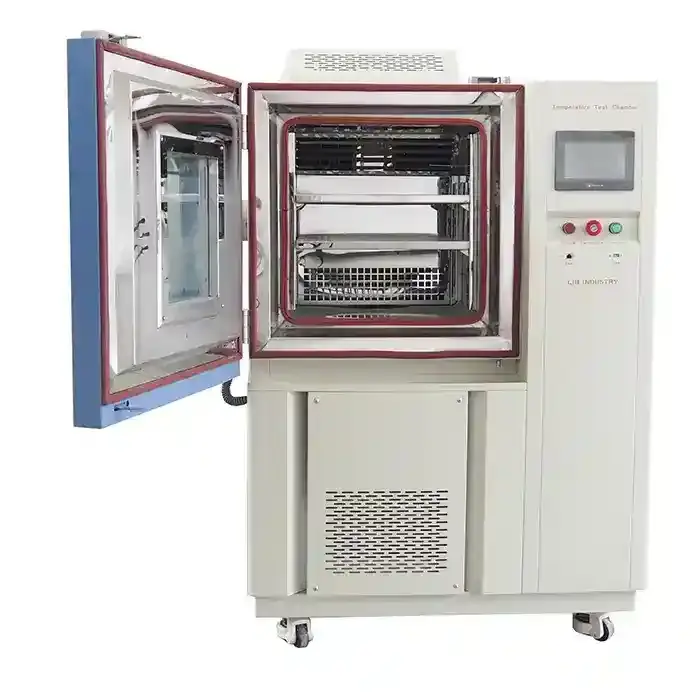
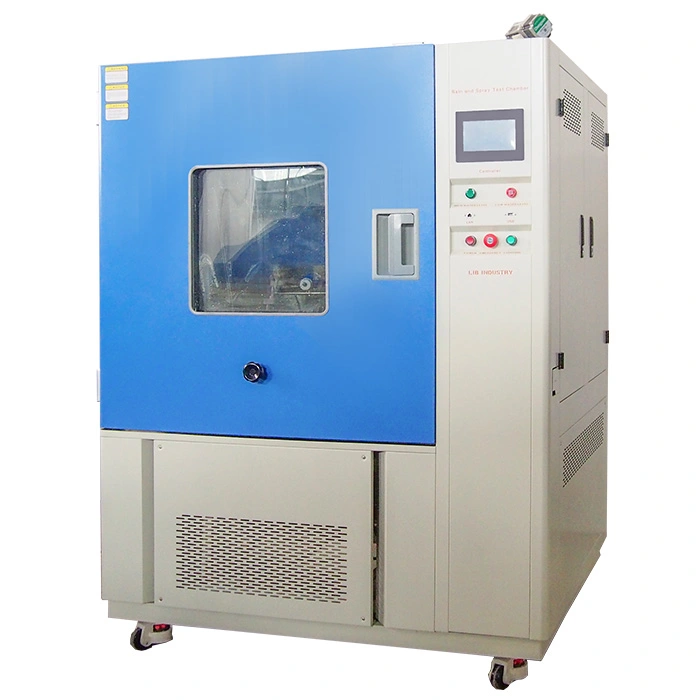
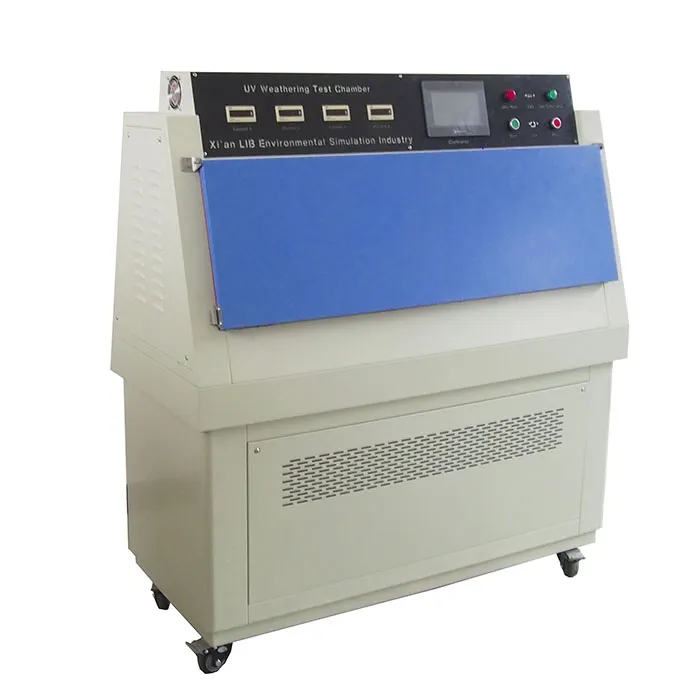

.webp)
